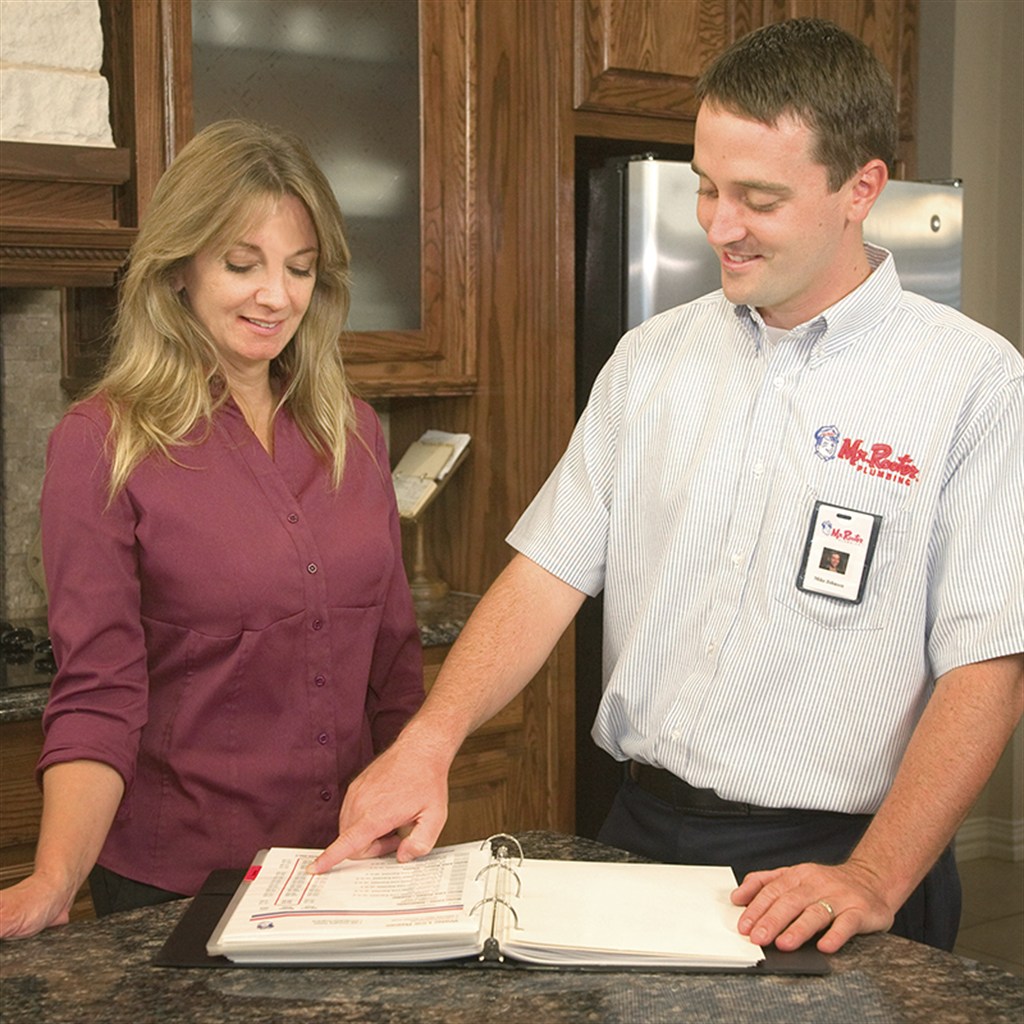
June 27/2023
Fixing Common Kitchen Plumbing Problems
No one wants to encounter kitchen plumbing problems, but they are inevitable. The following are four of the most common kitchen plumbing issues and how to fix them.
Clogged Kitchen Sink
This is the most common kitchen plumbing problem that homeowners encounter. It is usually caused by a buildup of debris in the pipes below the sink. Thankfully, it’s not that difficult to fix a clogged kitchen sink. You can try using a plunger, a plumbing snake, or a mixture of baking soda and vinegar to clear the clog. If these DIY drain cleaning methods do not work, call a professional plumbing service to carry out professional drain cleaning.
Leaking Pipes Under Kitchen Sink
This is one of the sneaky kitchen plumbing problems that homeowners encounter. The most common culprits behind leaking pipes under kitchen sink are loose connections, worn-out seals, and pipe damage. A leaking pipe under the kitchen sink can easily go undetected for a long time, causing extensive damage. This is why it is so important to keep an eye on the pipes under your kitchen sink and watch out for signs such as musty odor and mold or mildew growth in your kitchen.
The solution to a leaking pipe under the kitchen sink depends on the cause of the leak. If the leak is caused by loose connections, use a wrench or pliers, carefully tighten the loose connections. Remember to turn off the water supply before starting any repairs. If tightening the connections doesn't solve the issue, it may be necessary to replace the seals or gaskets. Unscrew the fittings, remove the old seals, and replace them with new ones. Ensure that the new seals or gaskets are the correct size and compatible with the plumbing materials. If you're unsure about fixing leaking pipes under kitchen sink yourself, it's best to contact a professional plumber to help you out.
Jammed Garbage Disposal
Garbage disposals can get jammed every so often when certain food particles get stuck in the disposal’s grinding chamber. Garbage disposal blades can also jam as a result of a faulty motor, insufficient water flow, or accidentally dropping non-food items into the disposal.
If your garbage disposal becomes jammed, try to dislodge the jam using an Allen wrench, which is usually provided with the disposal. Insert the Allen wrench into the socket and manually rotate it back and forth to dislodge the jam. This should help free up the impeller or blades. If you don't have an Allen wrench or your disposal does not have an Allen wrench socket, you can use a wooden spoon or a similar tool to try and rotate the blades from the top of the disposal. Simply insert the tool into the disposal and gently move the blades back and forth to loosen the jam.
Note: Do not use your hands to dislodge a jammed garbage disposal to avoid injury.
Leaking Faucets
Leaking faucets waste a significant amount of water over time. Even a slow drip can add up to a significant volume of wasted water. The common culprits behind leaking faucets include worn-out washers, corroded valve seat, high water pressure, and damaged O-rings. Depending on the cause of the leak, repairs may involve replacing washers, O-rings, or other faulty components. If the faucet is severely damaged, it’s best to call a reputable plumbing service to replace the entire faucet.
Let the Skilled Plumbers at Mr. Rooter Plumbing Help You with Kitchen Plumbing Repair
If you’re in need of professional kitchen plumbing repair, trust the experts at Mr. Rooter Plumbing to get the job done right. From drain cleaning and leak repair to garbage disposal repair and faucet repair, we can do it all.




